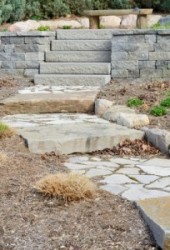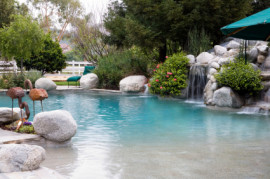Pro Tips: 10 Reasons Texas Business Owners Swear by Composting and Aeration
Houston business owners who care about the environment have a lot of options when it comes to going green. Those looking to take the next step while creating beautiful outdoor areas at their places of business should consider aeration and composting. If you’re not convinced your company can benefit, check out these ten reasons why many business owners love to choose aeration and composting.
1. Aeration helps to improve fertilization and nutrient intake. When your lawn is aerated, its root system allows more room to breathe and collect nutrients. This means you can use less fertilizer and still get excellent results.
2. Aeration improves water absorption. Because lawns can get water and nutrients more quickly when they are aerated, this simple action can help reduce watering costs while allowing you to create a beautiful lawn.
3. Aeration reduces water runoff. Less water runoff means lower bills and a better environmental track record for … Read Full Post »


